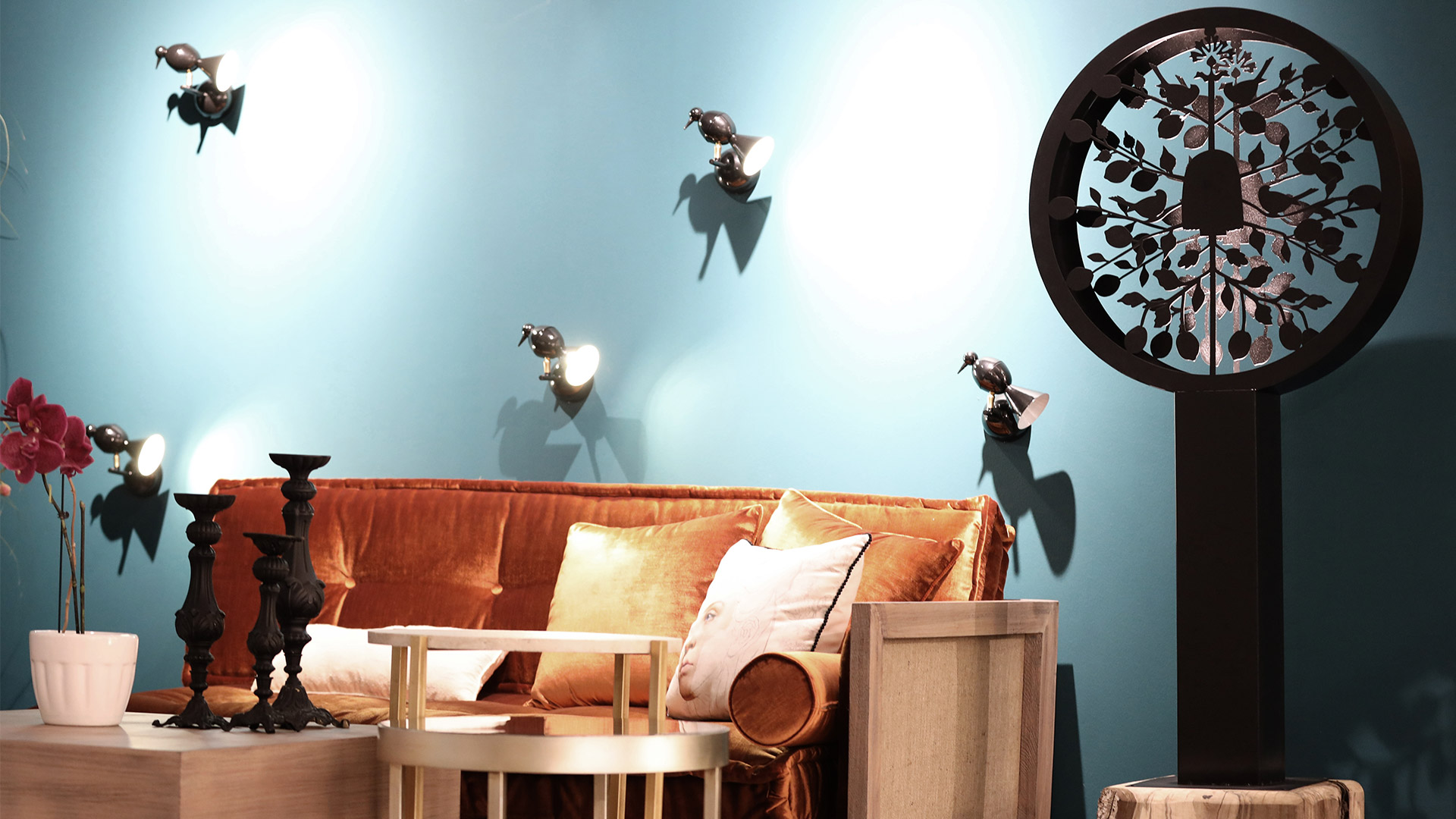

Everything in this world is a story and nothing else.
I am a story, you are a story … We are all stories.
The story of the princess, the story of the demon, the story of the fairy, the girl of orange and bergamot ……. the story of people and houses, the story of colors,…
Behind the story; The calendar and makeup of a philosophical man lies, and We become unique human beings with the stories we hear.
The story is the house of philosophy and is inseparable from it.
Each story gives us a philosophical model of the world.
The fewer stories we hear, the fewer patterns we have for understanding the world.
We narrate the space to make the understanding of the world smoother and more beautiful.
Marjan Ahrabi Fard
Space narrator

Narrative interior design
Narrative interior design is very important in our time because most of today’s designs are based on functional and aesthetic needs.
Which results in a lack of individual expression and narrative, and ultimately in a space without a story and an empty shell. Becomes without a soul.
Indeed an interior design based on a narrative explores eternity in nature and is not limited to technology, materials, culture, trends, and so on.
Storytelling in interior design helps to develop unique ideas, evoke meaningful experiences and create new perspectives on space.
* The process of creating a narrative-based design
Intention –> Intuition –> Implementation

Intention
In narrative interior design, the goal is to express meaning, which ultimately leads to creating an extraordinary experience for the user.
The first goal is to create happy spaces, in fact, we discover what can make the customer happy.
Intuition
By intuition, art can be injected into the field of interior design, which is always referred to as an engineering discipline.
Through intuition, we create ideas that have emotional meaning and yet without neglect of action.
This approach is the integration between emotion, intuition, and conceptual and rational thinking.
Implementation
Implementation is the final stage of a design process to realize an idea.
This stage is on the verge of turning an idea into a physical form before passing through the tools of construction measurement.
And it is a circular process in which an idea is first drawn, tested, revised, and re-edited.
It works and then returns to the initial stage in a repeated cycle through three-dimensional modeling and prototyping of designs.

Why narrative interior design?
In the face of fear of bitterness and difficulties and unanswered questions and ambiguities of life, the human mind is always directed toward fantasy
Besides, finding solutions and answers, not in the world around and reality, but in his thoughts and mind.
Has found, as if a man is the only creature who not only escaped from his fears with his feet and took refuge in shelters.
But also in his thoughts always escaped from facing his fears and was safe from fantasies, legends, and stories.
Have taken refuge, and such a human being has turned the bitterness and sadness of the tangible and intangible reality into the comfort and sweetness of stories.
The pleasure of these escapes in the evolution of mankind has become her greatest habit and addiction.
So she tends to mix every real phenomenon around her with the color of her stories.
Nowadays, those public spaces are mostly visited by people who have dealt with an issue beyond performance.
Therefore, narrative interior design does not simply follow a classic rule of design dogma that says, “Performance seeks to form.”
On the contrary, it seems that this type of design follows a new rule in the postmodern style, which also affects modern style design, saying that “form seeks entertainment”.
The Harry Potter store in London is one example of narrative design as if we are not in an ordinary shop but in the world of Harry Potter fiction.

The design of a space is not limited to the elements and furniture in it but must occur in such a way that the space can be experienced.
The design does not simply mean creating a product or an object.
Nevertheless, it is about the human being who reads, understands, and uses that product.
The most important mission of a designer is to establish an interaction between the space and its user.
Design is the process of creating an interaction.
Accordingly creating relationships between space, the objects within it, and the reader, and ultimately creating an experience.
To create a relationship between space, objects, and people – to create interaction – we can use a narrative strategy.
A story that tells us how people live in a space and turn it into a place of their own.
In other words, people create meaning in space through narration.
Architecture (including interior design) can give meaning to space through narrative. (Coates, 2012: 014)
Thus, narrative interior design is a design that enables visitors to experience a type of design that consists of consecutive spaces associated with a story.
In this case, the design provides special time settings that make us feel like we are at the heart of a storybook as if the story is embodied in a space.
Narrative design is the use of inquiry in the design process since it intends to create a spatial experience, its strategy is to stimulate the seven human senses when experiencing space.
According to Juhani Pallasmaa, the senses need to be simulated in space by seven senses.
The seven senses are the eyes, nose, ears, skin, tongue, skeleton, and muscles (Pallasmaa, 2005).
Integrated perception is achieved by combining seeing, smelling, hearing, touching, tasting, and feeling the relationship between space and motion.
Written by:
Marjan Ahrabi Fard, Founder of Martfardesign




